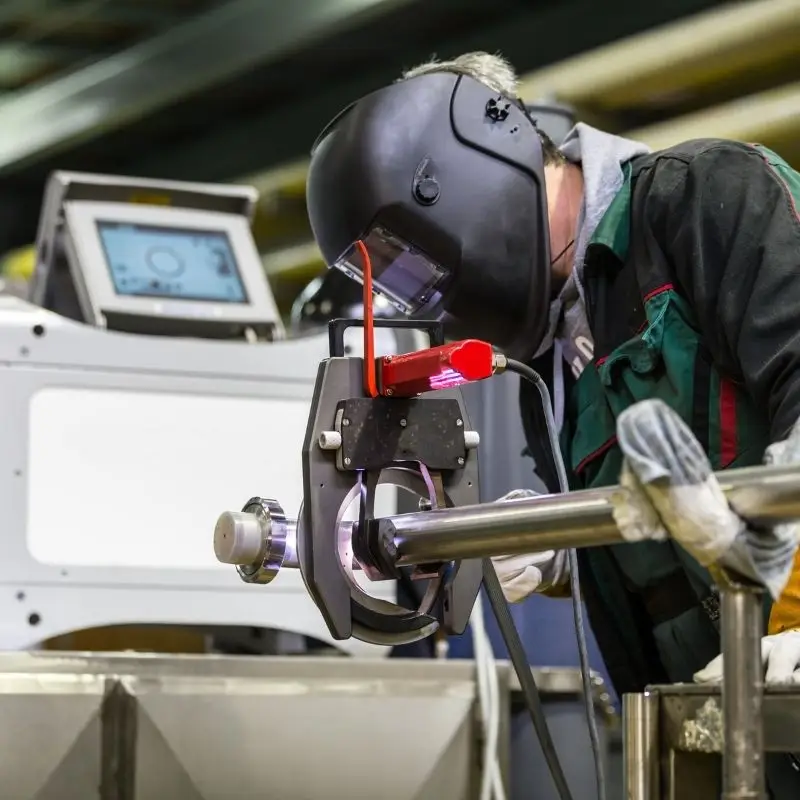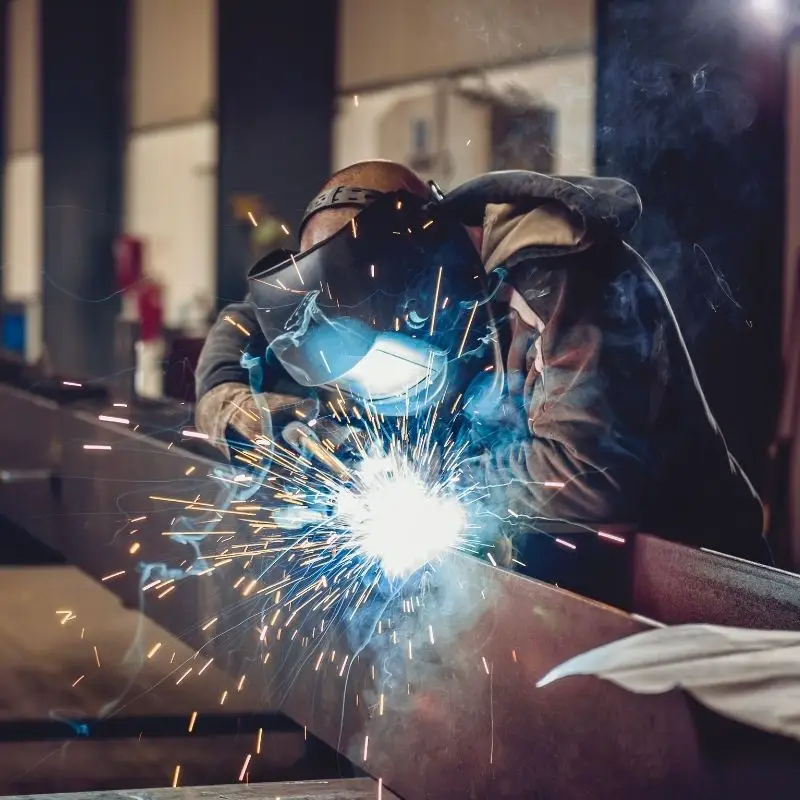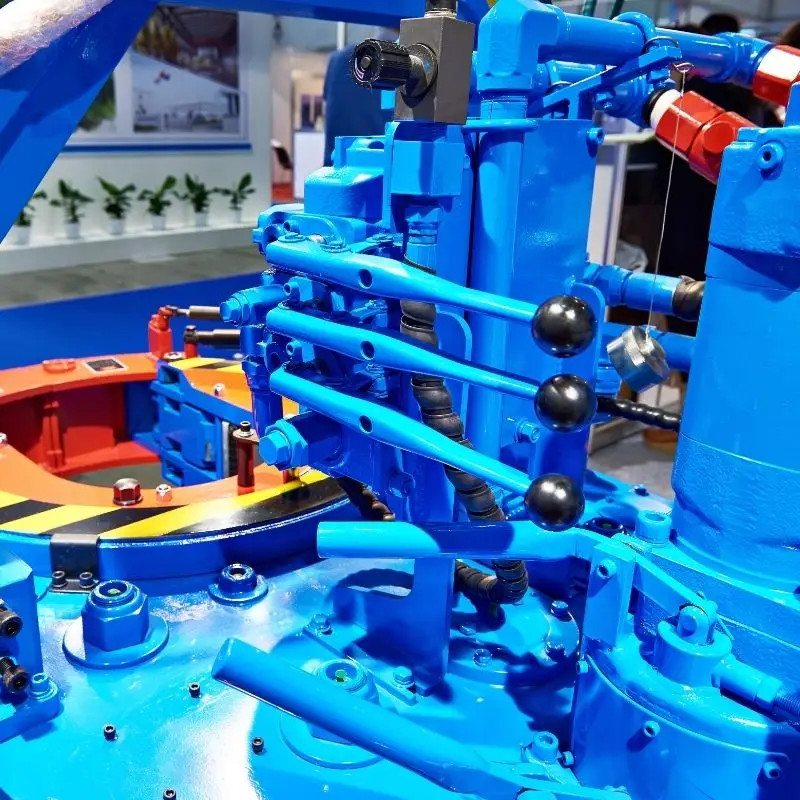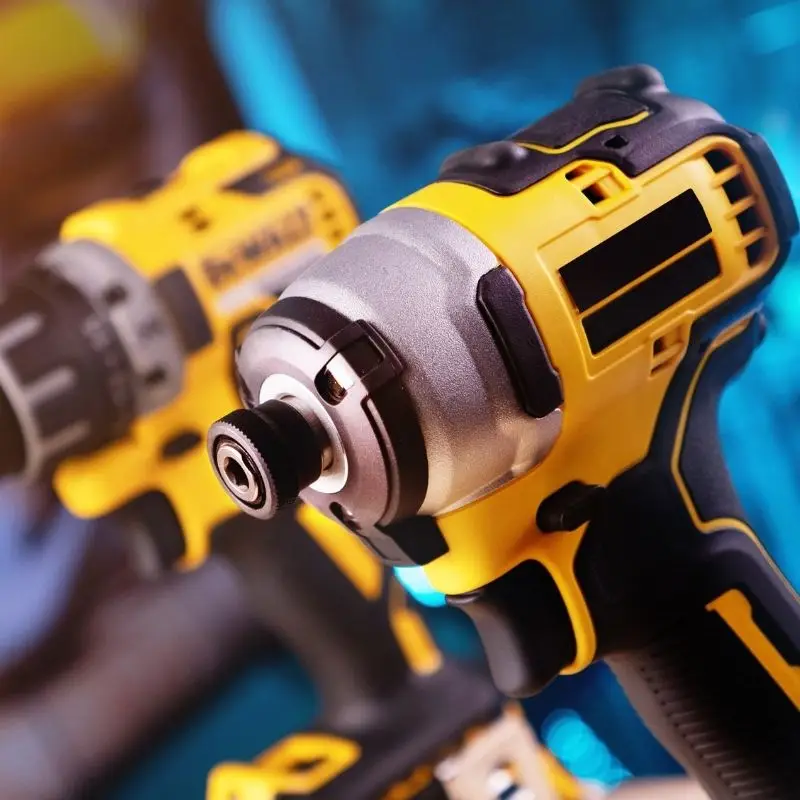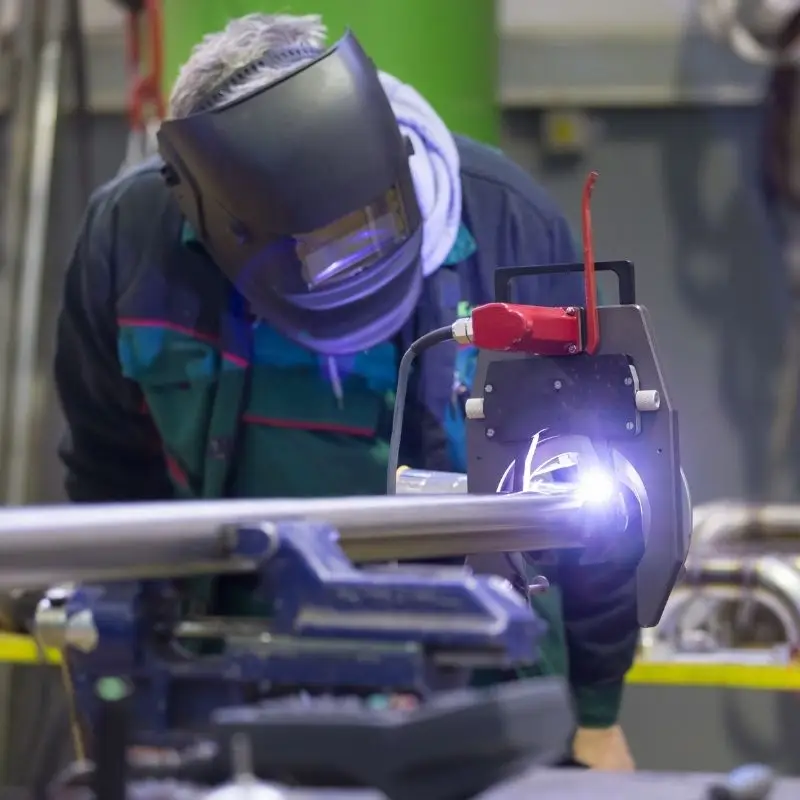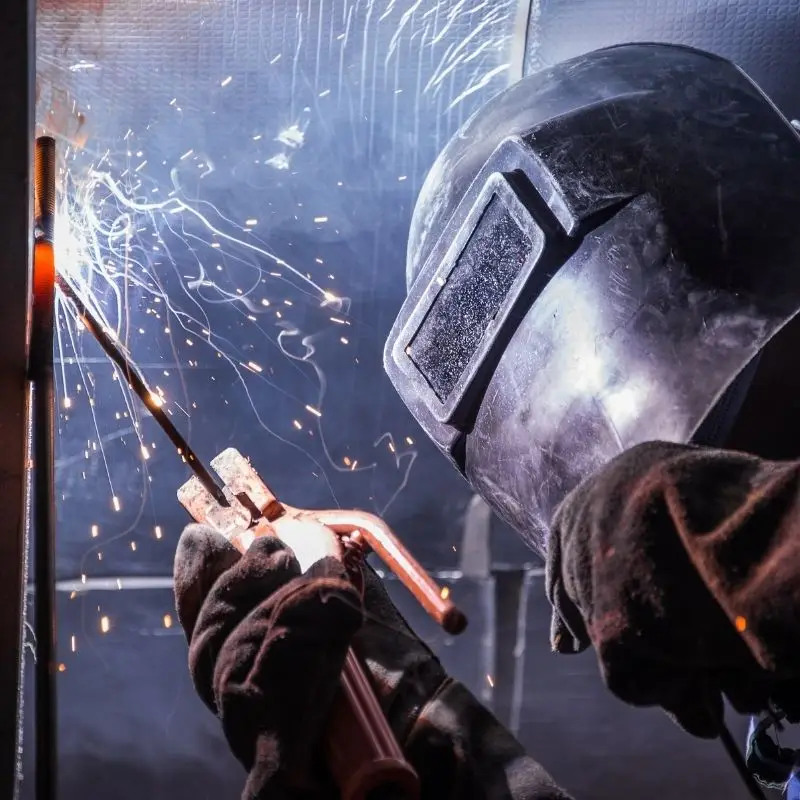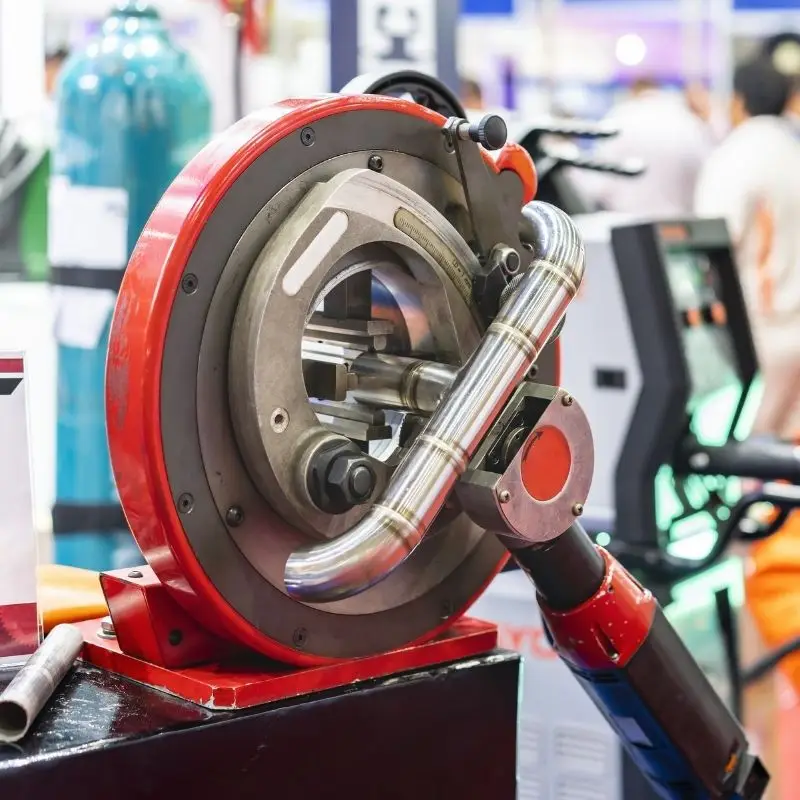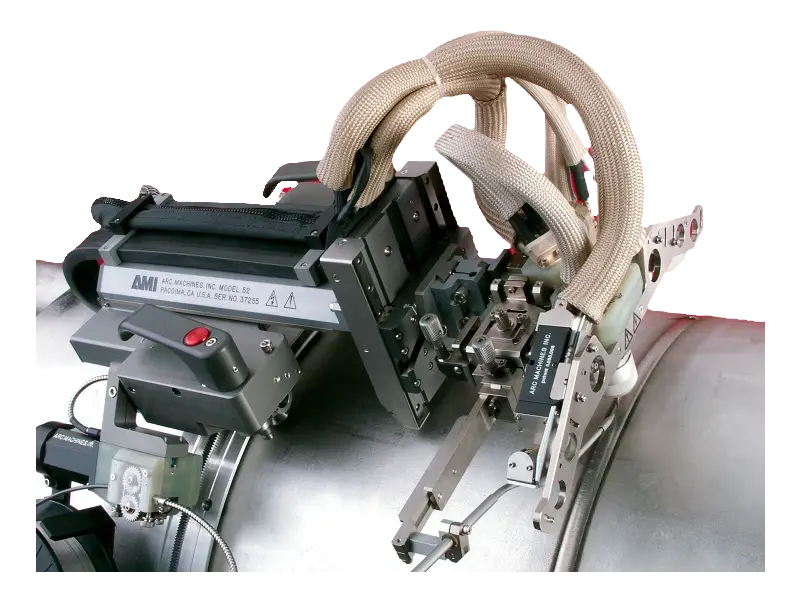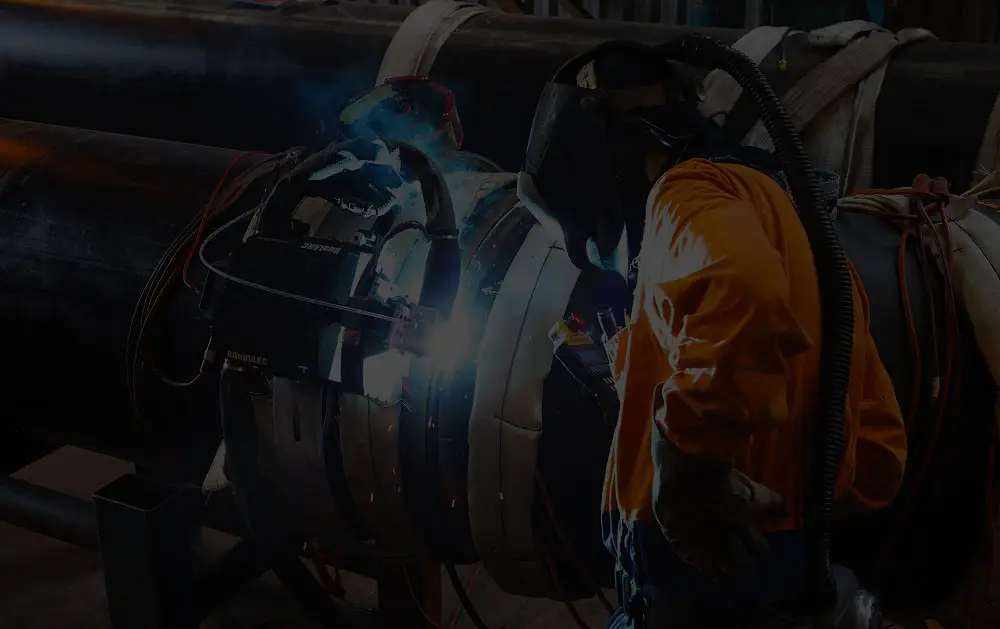Industry Insights
Updates & Ideas From Our Team of Experts
Recent Articles
Open vs. Closed Weld Heads in Orbital Welding
Today’s selection of welding processes is certainly not one and the same. Over time, the increase of documentation requirements, quality awareness, strict standards, and shortage of skilled and experienced workers have called for a more automated, precise method. Orbital welding...
5 Safety Tips for Stainless Steel Orbital Welding
The welding industry undoubtedly has the potential to cause safety risks and concerns for today’s workers. Welding processes are necessary for modern society, but the job at hand can be dangerous when push comes to shove. As such, an effective...
5 Common Pipe Beveling Mistakes To Avoid
Welding two pieces of pipe together requires a specific approach: beveling. Beveling is a fundamental process. It creates a distinct angle between a pipe’s end and a plane perpendicular to the surface. As a strategic tactic, pipe beveling preps metal...
4 Things To Consider When Buying a Hydraulic Torque Wrench
What force is most inherently vital for tightening today’s nuts and bolts? Torque. Without the proper precision tools, many industrial and construction sectors would struggle to complete their complex operations. Hydraulic torque wrenches are professional tools with diverse roles to...
5 Benefits of Using Heavy Duty Torque Multipliers
Torque multipliers are one of the most powerful and wonderful tools in the world. These innovative tools help operators work smarter instead of harder. Various types of torque multipliers exist in today’s market, but each function with one task in...
5 Tips for Inert Gas Weld Purging of Pipes
To purge or not to purge? The answer depends on your chosen technique, welding method, and metal. Why use purging? Producing a steady, clean, and long-lasting weld isn’t a mystery—it’s simply a structured process. TIG welding is a procedure that...
Types of Welding Electrodes: Consumable vs. Non-Consumable
The core of any successful welding project lies in utilizing the right equipment. Needless to say, fabrication services would be nearly impossible without the function of these specialized tools and gear. Specialized applications require various materials and equipment for the...
6 Advantages of Orbital Welding Versus Manual Welding
Upon hearing the term “welder” in conversation, distinguishing whether it refers to a machine or its lead operator is oftentimes arduous. Ultimately the distinction between man and machine in present-day welding form lies in the completed results of a precise...
Automated Welding Provides Quality, Precision, and Repeatability
Welding has existed in some form for millennia. And manual welders have been invaluable in constructing buildings, ships, factories, transport systems, pressure vessels, and many other systems. However, acquiring the skill necessary to meet the quality demands of high-spec projects...
Orbital Welding Essentials
Is orbital welding right for your business or application? Keep reading to find out. In this guide, you will learn the orbital welding essentials. From applications and industries to weld preparations and programming, SEC Industrial will share all you need...
Recent Posts
- Top 5 Maintenance Considerations for Automated Welding Equipment in 2026
- Automated Welding Systems: How to Choose the Right Setup for Your Pipe Fabrication Line
- How an Automated Pipe Welding Machine Boosts Shop Throughput
- Why Aerospace-Grade Precision Welding Tools Are Essential for Industry Compliance
- What FABTECH 2025 Revealed About the Future of Automated Welding
